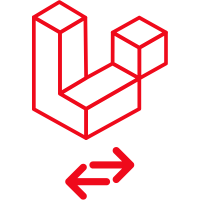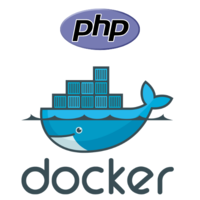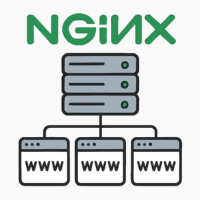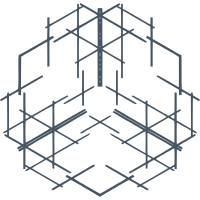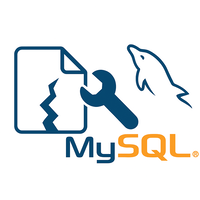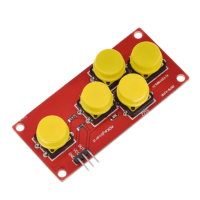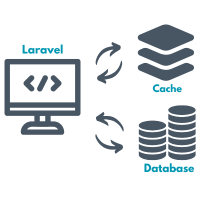Best & Cheap Forex VPS Hosting for MT4, MT5 Traders
The Forex trading server can define your earnings and losses with its performance. So it is better to go with the indispensable tool to gain an advantage over the competitive edge. You will get a seamless forex VPS with low-latency New York datacenter from a trusted DedicatedCore hosting provider. That tool is a Virtual Private Server that you can set up as you need to execute trades.

